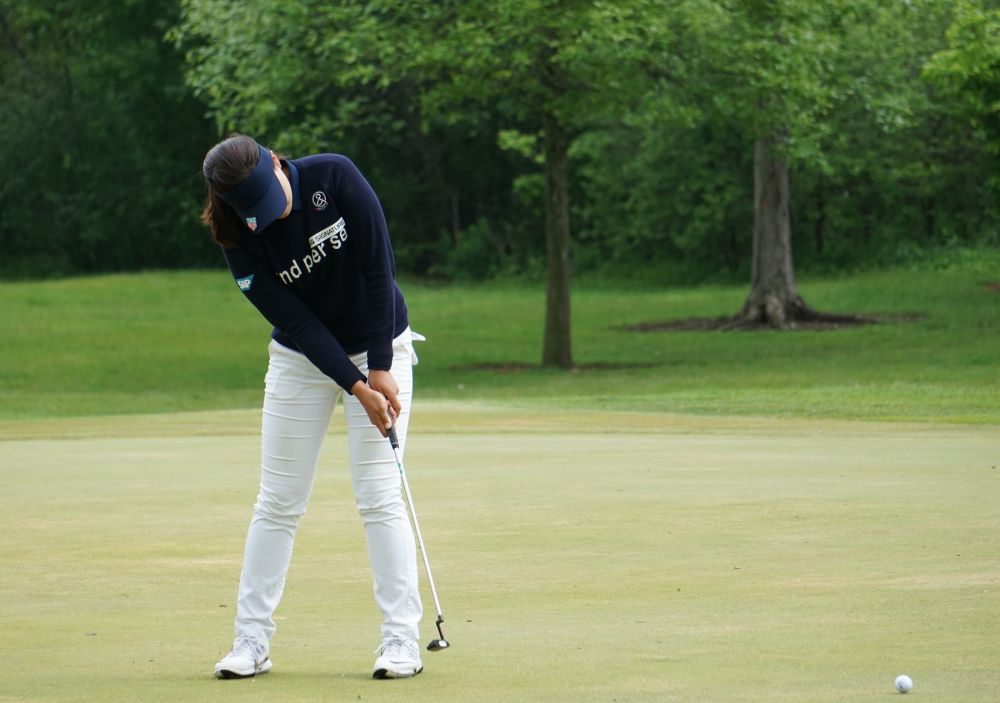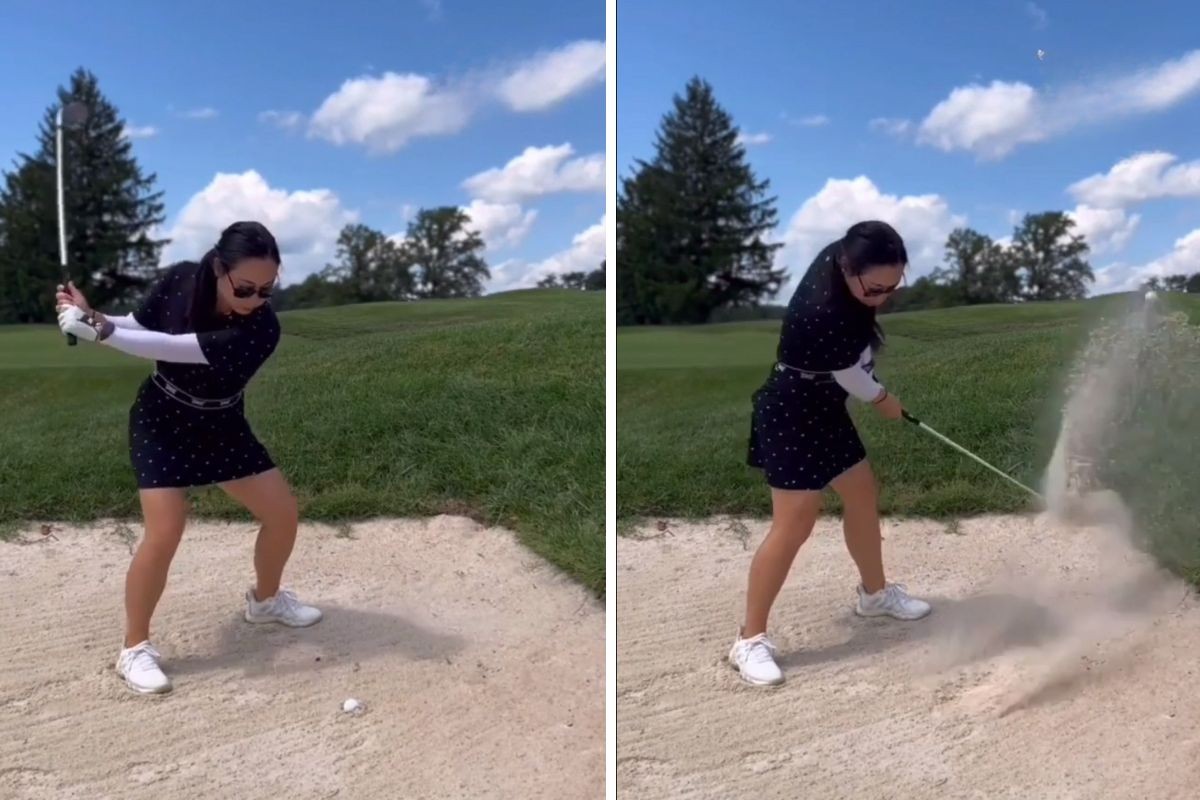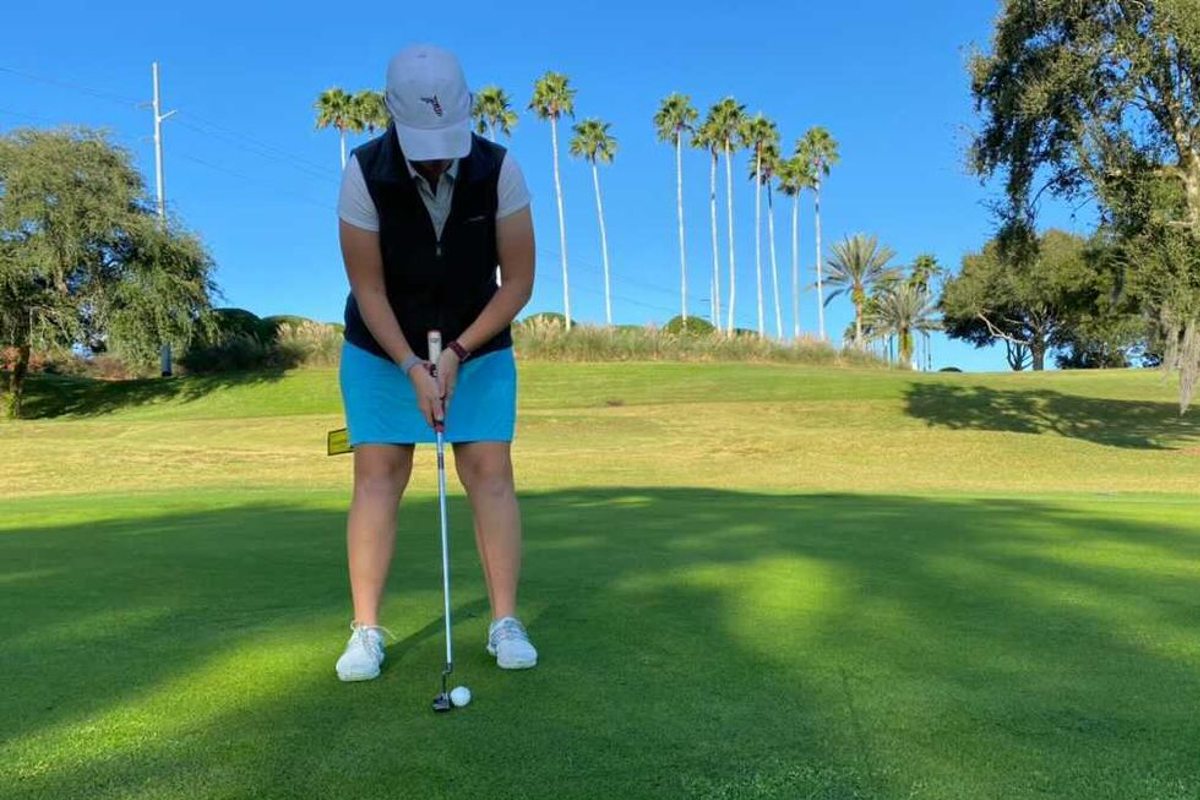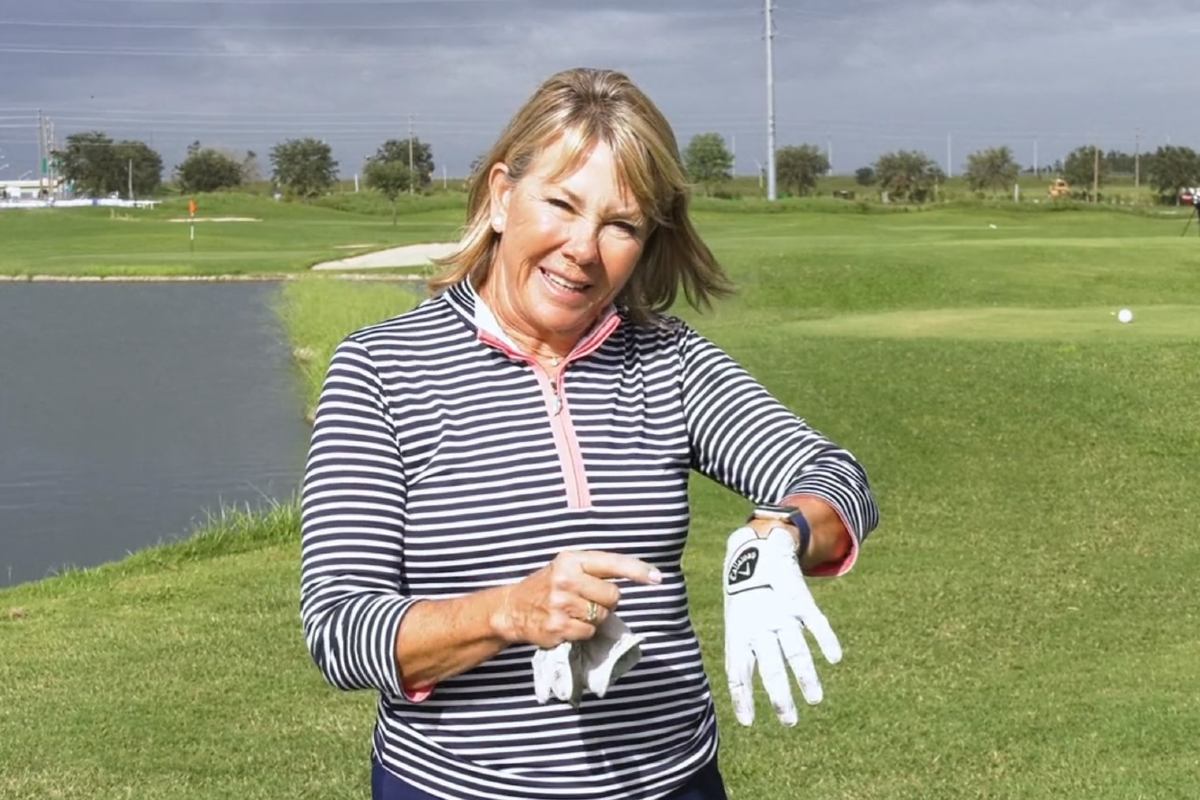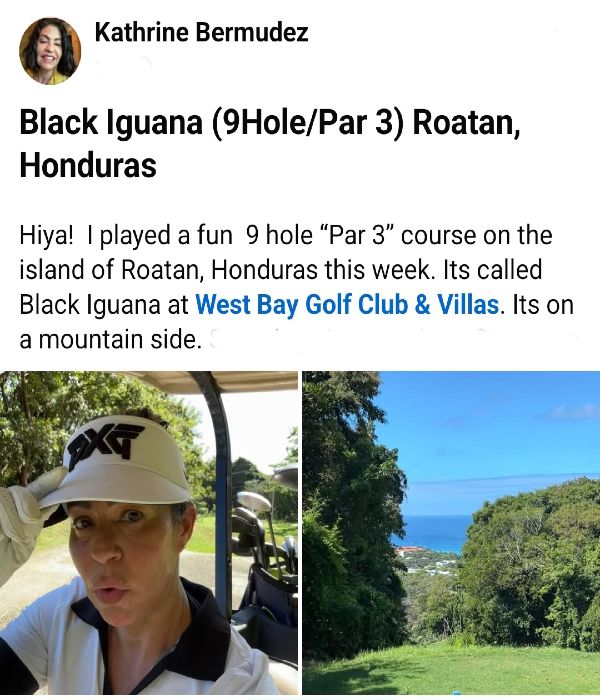Hands shaking when putting is a bigger problem than you might imagine. A middle-aged athletic man inquired about my assistance for his putting. He noted he was a good ball striker but failed to make putts consistently. I began the process of working with him the way I do with all levels of my athletes by administering the Test of Attentional and Interpersonal Style (TAIS). The TAIS, which measures 20 mental skills, is administered online and is used to assess performance under pressure.
Initially standardized on Olympic athletes it is used in all sports and at all levels of abilities with norms for 14-year-olds through professionals as well as World Class Athletes.
I use it with all of my golfers from juniors through to PGA/LPGA Tour players as well as with NCAA Division I-III athletes/teams in all sports.
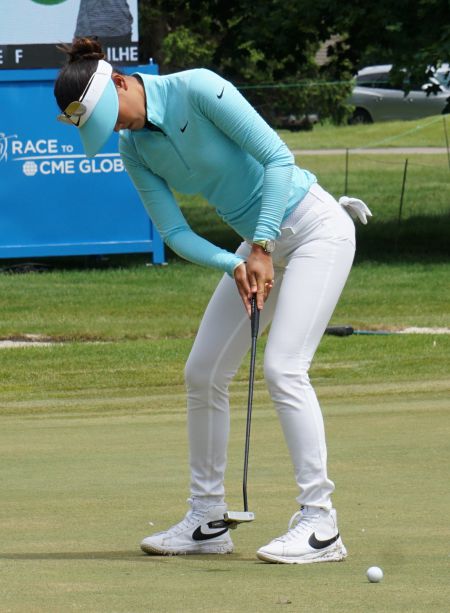
In the debriefing session after the test, and without seeing the player on the course, I interpreted this man’s test scores indicating that under pressure he would lose awareness of speed, distance, line, etc., lose focus during the actual putt, become distracted by outcome focus (“will I make the putt, what will my score be,”), become easily frustrated, anxious and execute the shot before he was ready. As a result, his hands were shaking when putting.
I met him on the putting green and as usual, I began to assess his performance; uphill, downhill, left-to-right, right-to-left, short and lag putts. He had trouble judging the distance of putts blowing past the hole or being very short. It was also obvious that he was not relying on an effective pre-shot routine.
Initially, I hypothesized that he had trouble with proprioception, which is the unconscious perception of the body’s movement and spatial orientation. I describe proprioception it as the “felt experience without moving the body.” It allows the individual to determine their body’s position in space…walking in a darkened room and placing your hand on the light switch or doorknob without seeing it is a good example.
The process is used in golf, as in most sports, all the time and is essential for finesse shots like chipping, pitching, and putting). However, it made no sense that his judgment of both speed and distance could be so inaccurate as he had played high-level soccer and football; sports that required split-second distance-acuity.
I studied his performance more closely and noticed tremors in his right hand when putting. This was not observable when his arm/hand was at his side. I asked him to raise his right hand to position it for putting…and there it was…the evidence of an essential tremor. This medical condition is manifested most often in shaking hands but can be experienced in the head, voice, arms or legs. It is frequently associated with simple tasks when using one’s hands such as tying shoes, drinking from a glass, typing, and putting.
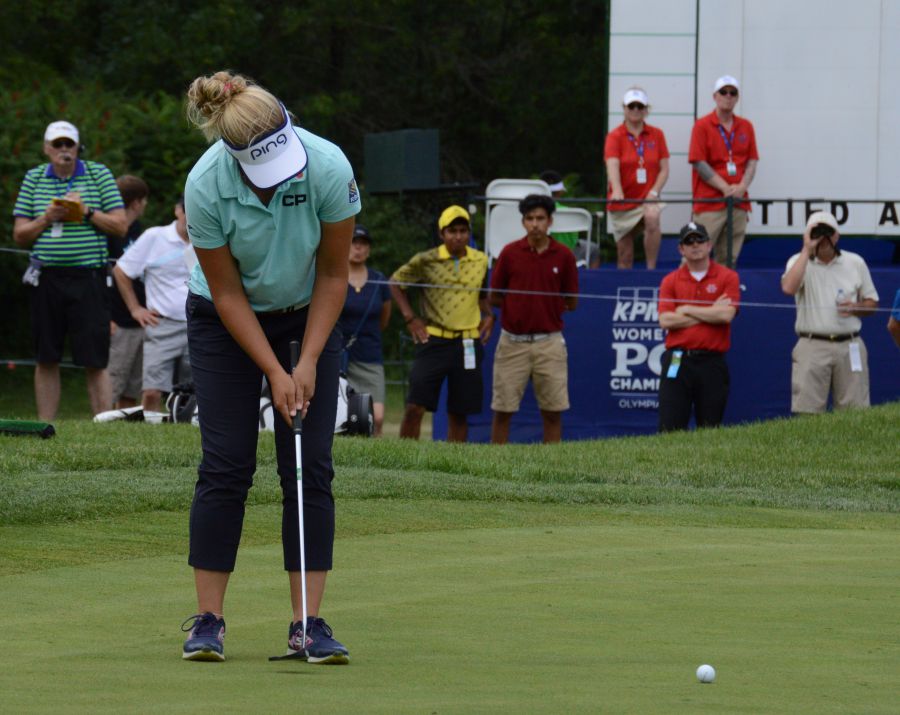
Since I’m not a medical doctor I cannot officially make the diagnosis. While discussing my latest hypothesis with him I learned that he had the condition for nearly 4 years. He had just been to a neurologist several days before our session and was officially diagnosed with essential tremor (ET). The physician offered alternative treatments that included the use of beta-blockers and benzodiazepines. The PGA prohibits the use of beta-blockers for essential tremors as it gives an unfair advantage to the player. Tour Players can use beta-blockers if it is for a cardiac condition. It is my understanding that benzodiazepines are allowed by the PGA.
The player chose not to utilize either medication and sought consultation with me as a first step. I suggested a specific treatment for the condition including focused attention and relaxation and “voila”…tremor disappeared immediately This occurred within the first 15 minutes of our 90 min session. The tremor never returned during the session.
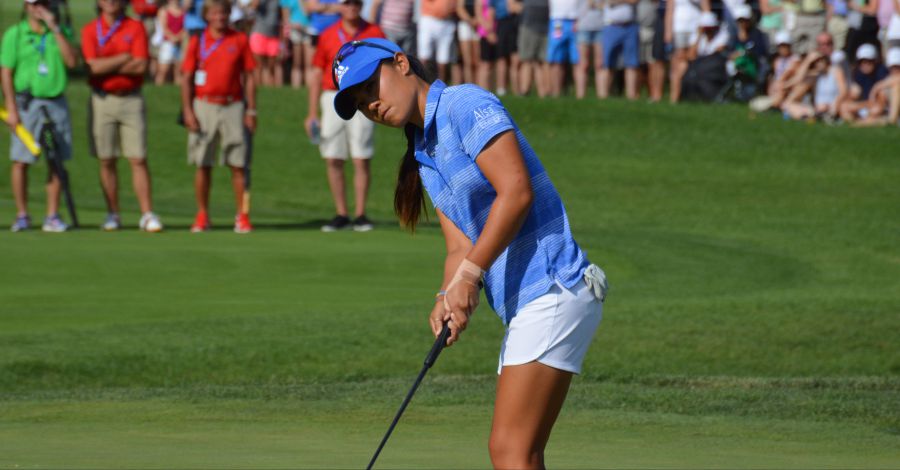
Suggestions for Reducing Hands From Shaking When Putting
The techniques we worked on during the session included:
Breathing
Square breathing by:
- taking in a breath through the nose and inflating the diaphragm;
- holding the breath;
- breathing out through the mouth; and
- relaxing the shoulder of the hand that has the Essential Tremor without breathing in
The breathing is rhythmic with each of the four components lasting for the same duration. Counting to 4 in each phase may help. Be sure not to breathe deeply.
Physical
Raising the hand very slowly with the palm facing downwards and with attention to relaxing the shoulder making sure not to pass the point of experiencing any tremor. Continue the exercise until the hand is parallel to the ground and without any trembling.
Pre-Putt Routine
The pre-shot routine should integrate the other two techniques before placing the hand on the grip. Practice the technique for 10-20 minutes with different length putts.
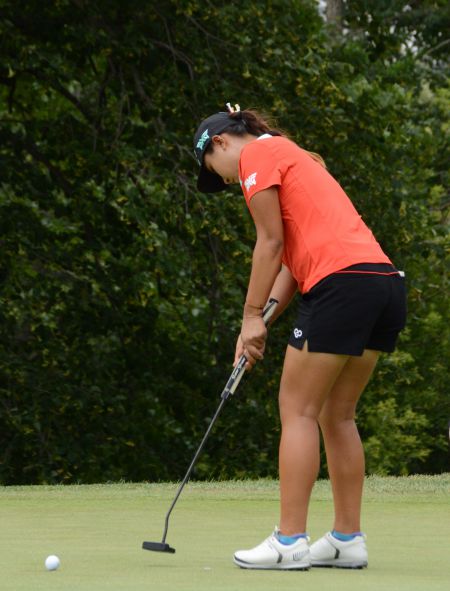
At the time of writing this, after several rounds, the player has had no three-putts and sent me the following text.
“The biggest difference for me since working with you is that the fear is gone. My hands have stopped shaking when putting. If I’m on the green anywhere I feel like I can get that two putt. Not thinking about making it…just focusing on the direction I want to hit it, decide how far I want to hit it, decide how far I need to bring the club back and make sure I follow through with the same distance.
Getting my arm relaxed by letting it dangle is helping kill the tremor. I snuck in the front 9 this morning with a lot of great two putts and a couple of one-putts. I shot 38.”
I thought it would be important to let golfers know that ET may have another etiology other than being neurological. I do not intend this information to be considered a researched phenomenon but rather anecdotal. I certainly don’t intend on stating that all Essential Tremor conditions can be treated with the method I have employed with this golfer. I just wanted to let players know simple processes may be very effective before utilizing medication.
If you would like further advice on the psychological aspects of golf or are interested in taking the Test of Attentional and Interpersonal Style (TAIS), please contact me at DrNick@DrNickgolf.com
Nick

